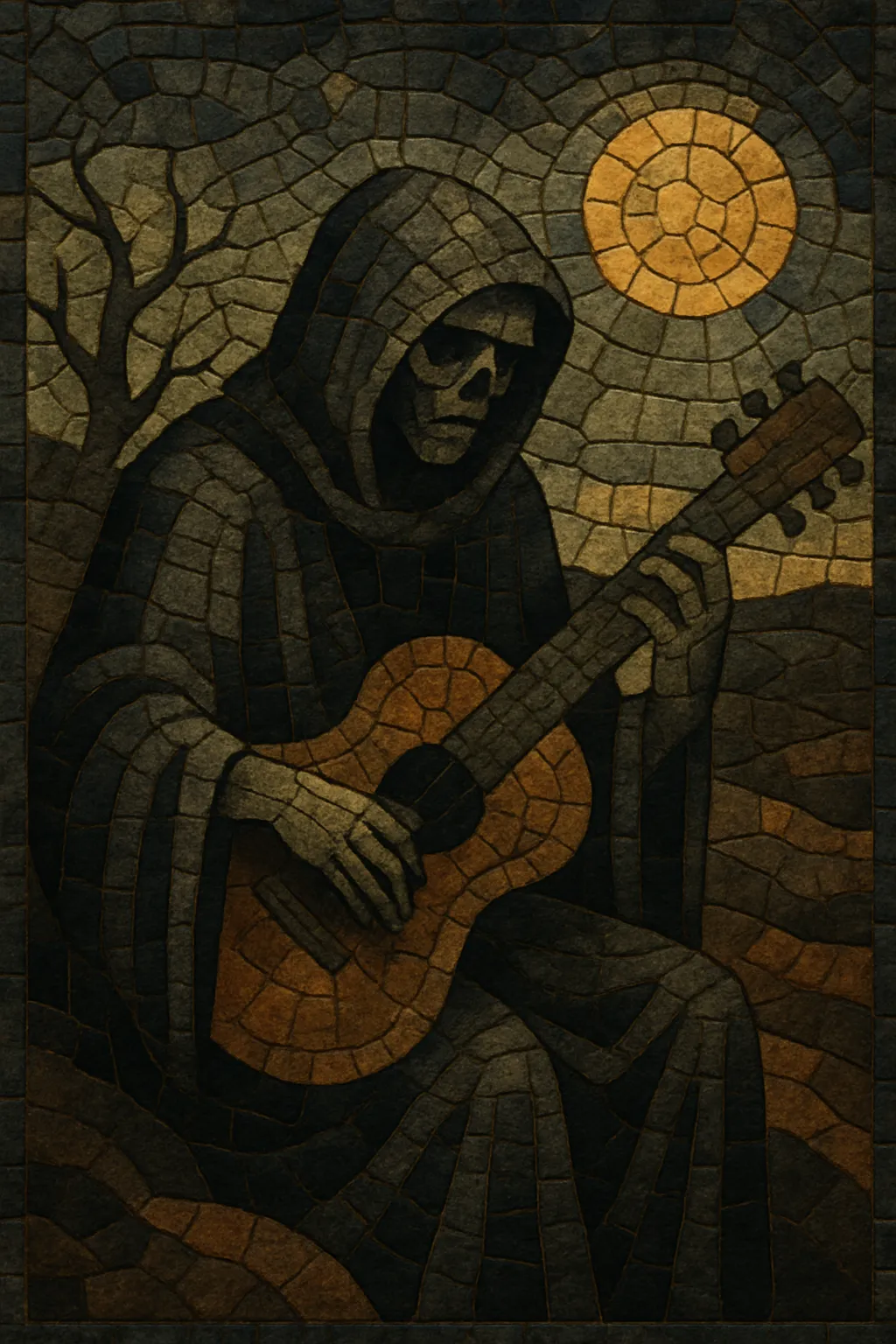
Traditional doom metal is the classic, Sabbath-derived branch of doom that emphasizes slow to mid‑tempo, blues‑rooted heavy metal riffs, clear or slightly gritty clean vocals, and a weighty, mournful atmosphere.
It favors minor‑key riffcraft, swinging or lurching grooves, and an organic, tube‑amp warmth, channeling dread, melancholy, and gravitas rather than sheer speed or extremity.
Compared with other doom variants, it avoids harsh growls and extreme distortion walls, keeping the songcraft closer to early heavy metal and hard rock while deepening the mood and pacing.
Traditional doom metal traces its roots to early Black Sabbath in the early 1970s, whose down‑tuned riffs, tritone tension, and blues‑steeped heaviness provided the core blueprint. Proto‑doom currents also surfaced in slow, ominous hard rock and psychedelic rock of the era.
The style coalesced as a distinct metal subgenre in the early 1980s. UK acts like Witchfinder General and Pagan Altar fused NWOBHM grit with Sabbath’s ominous swing, while American pioneers Trouble, Saint Vitus, and Pentagram established the genre’s hallmarks: slow–mid tempos, minor‑key riffing, and clean, impassioned vocals.
Labels such as Hellhound Records and Rise Above nurtured a global scene, bringing bands like The Obsessed and Count Raven to wider attention. While thrash and death metal dominated mainstream metal press, traditional doom sustained an international, dedicated underground with tape trading, fanzines, and intimate club circuits.
The 2000s and 2010s saw renewed interest through bands such as Reverend Bizarre, The Gates of Slumber, and later Crypt Sermon, alongside festival platforms (e.g., Doom Shall Rise, Roadburn) that cemented the style’s legacy. Modern artists preserve the core aesthetic—riff‑first songwriting, organic production, and solemn themes—while refining fidelity and musicianship.

